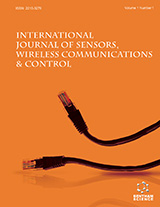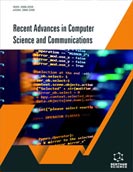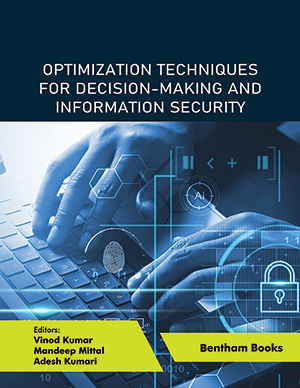Abstract
Background: Centralized Radio Access Network (C-RAN) is the most promising network architecture for next-generation communication networks. It meets the need for flexibility on fronthaul as well as large bandwidth on backhaul of the network. All along, scheduling is very important for the transmission of information in an organized manner. C-RAN has not been studied with the scheduling domain strategies yet in the literature.
Objectives: In this work, packet transmission duration, overall transmission time, wait time, and fairness index parameters have been calculated and analysed for C-RAN architecture for two different scheduling domains. The total transmission cycle time parameter is calculated for the three upper functional split options of C-RAN. The overall transmission time is a parameter calculated for the entire uplink channel.
Methods: To implement the network scenario, extensive scripting is done on MATLAB Editor for single scheduling domain (SSD) and multi-scheduling domain (MSD) for three higher functional split options of C-RAN. The data traffic generated in the network is considered random.
Results: A closer examination of results reveals the advantages and disadvantages of both algorithms, as well as trade-offs between them.
Conclusion: For quicker data transmission, SSD should be preferred whereas MSD should be preferred if multiple users want to access resources simultaneously. Lower functional split options of C-RAN require less transmission cycle time. The MSD technique is fairer than SSD.
Keywords: Centralized Radio Access Network (C-RAN), Passive Optical Network (PON), Multi-Scheduling Domain (MSD), Single Scheduling Domain (SSD), functional split, latency, fairness.
[http://dx.doi.org/10.1364/JOCN.8.000B21]
[http://dx.doi.org/10.1007/978-981-16-7985-8]
[http://dx.doi.org/10.1109/COMST.2018.2868805]
[http://dx.doi.org/10.1117/12.902469]
[http://dx.doi.org/10.1016/j.heliyon.2019.e02075] [PMID: 31372541]
[http://dx.doi.org/10.23919/ICN.2020.0017]
[http://dx.doi.org/10.1109/ACCESS.2022.3207170]
[http://dx.doi.org/10.1109/ICICS55353.2022.9811223]
[http://dx.doi.org/10.1109/MNET.001.1900510]
[http://dx.doi.org/10.1109/JLT.2008.919366]
[http://dx.doi.org/10.3390/electronics12020451]
[http://dx.doi.org/10.22266/ijies2021.1231.51]
[http://dx.doi.org/10.1016/j.comnet.2019.106865]
[http://dx.doi.org/10.1016/j.comcom.2020.07.029]





























